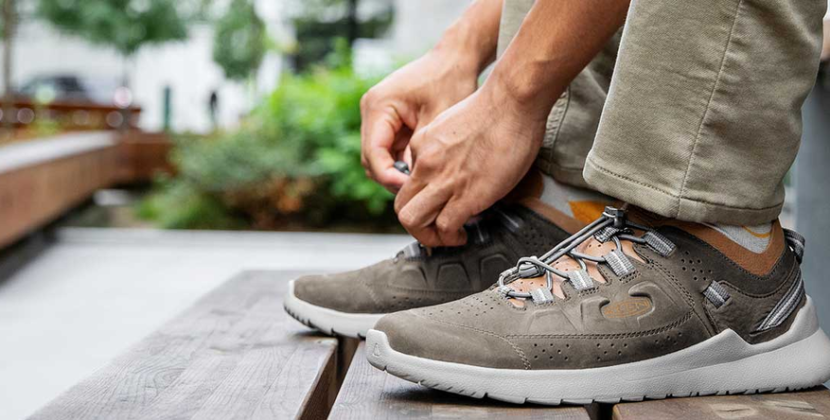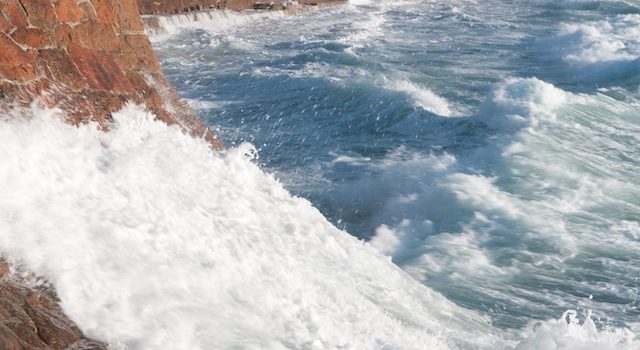
Introduction
Living in Guam, a region prone to typhoons and strong winds, necessitates a deep understanding of the potential risks and the implementation of safety measures. Over the years, the island has experienced several powerful typhoons that have taught valuable lessons. By learning from these past experiences, residents of Guam can better prepare and protect themselves during periods of intense wind activity.
Respecting the Power of Nature
One of the most critical lessons learned from previous typhoons is the importance of respecting the power of nature. Strong winds associated with typhoons can reach astonishing speeds, causing severe damage to structures and posing risks to human life. Recognizing the force of these winds and taking them seriously is the first step in ensuring personal safety.
Secure Doors and Windows
A key lesson from previous typhoons is the significance of securing doors and windows. During high winds, unsecured doors and windows can be vulnerable to the pressure differentials created by the storm, leading to potential damage or even structural failure. Reinforcing doors and windows with sturdy locks, shutters, or impact-resistant glass is crucial for minimizing the risk of structural compromise.
Trim Trees and Secure Outdoor Objects
Another valuable lesson is the importance of trimming trees and securing outdoor objects. Loose branches and untrimmed trees can become hazardous projectiles during strong winds, posing threats to property and personal safety. Regularly trim tree branches near your home and secure or relocate outdoor objects such as furniture, planters, and decorations to prevent them from becoming wind-borne projectiles.
Invest in Robust Roofing and Structure
Previous typhoons have highlighted the significance of investing in robust roofing and building structures. High winds can exert considerable uplift forces on roofs, leading to their failure and potential collapse. Ensuring that roofs are built to withstand strong winds and are properly maintained can significantly reduce the risk of damage or compromise during typhoons.
Prepare an Emergency Kit
Lessons from past typhoons have emphasized the importance of preparing an emergency kit. During strong winds and potential power outages, having essential supplies readily available can make a significant difference. Stock your emergency kit with non-perishable food items, bottled water, batteries, flashlights, a first aid kit, and a battery-powered radio. Also, ensure you have necessary medications, important documents, and extra clothing available.
Stay Informed and Follow Official Instructions
Staying informed and following official instructions is a crucial lesson learned from previous typhoons. Monitoring weather updates from reliable sources and staying connected with official announcements can provide vital information and guidance during periods of strong winds. It is essential to heed the advice of local authorities and emergency management agencies to ensure personal safety.
Evacuation Preparedness
In extreme cases where evacuation becomes necessary, being prepared is essential. Previous typhoons have emphasized the need to develop an evacuation plan in advance. Identify evacuation routes, establish a designated meeting point for family members, and familiarize yourself with nearby emergency shelters. Keep important documents and essentials in a waterproof container for quick access.
Community Support and Solidarity
Past typhoons in Guam have demonstrated the strength and resilience of the community. Neighborly support and solidarity play a vital role during and after strong winds. Offering assistance to those in need, sharing resources, and fostering a sense of community spirit can go a long way in navigating the challenges presented by typhoons and their aftermath.
Conclusion
Learning from the lessons of previous typhoons is crucial for staying safe during periods of strong winds in Guam. Respecting the power of nature, securing doors and windows, trimming trees, reinforcing roofs, preparing emergency kits, staying informed, and developing evacuation plans are key elements.










